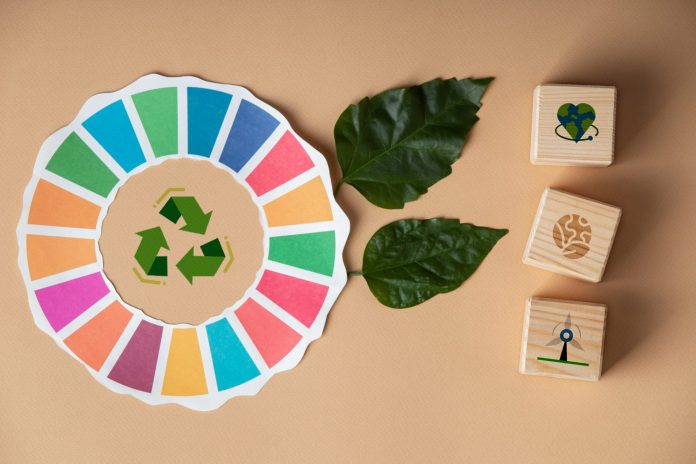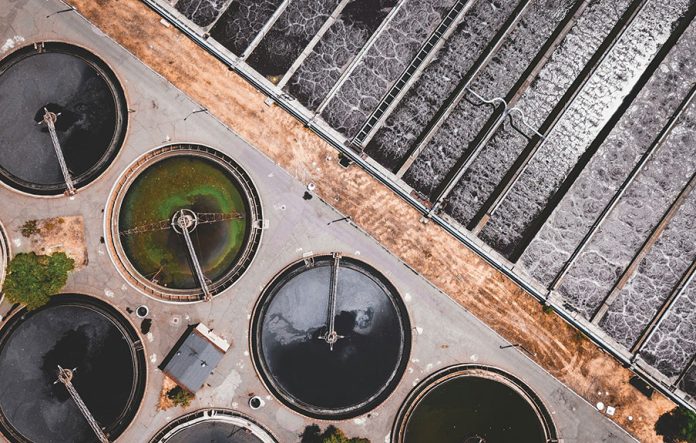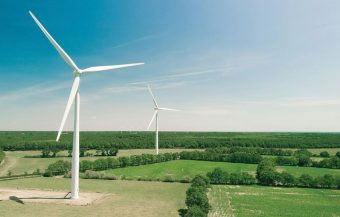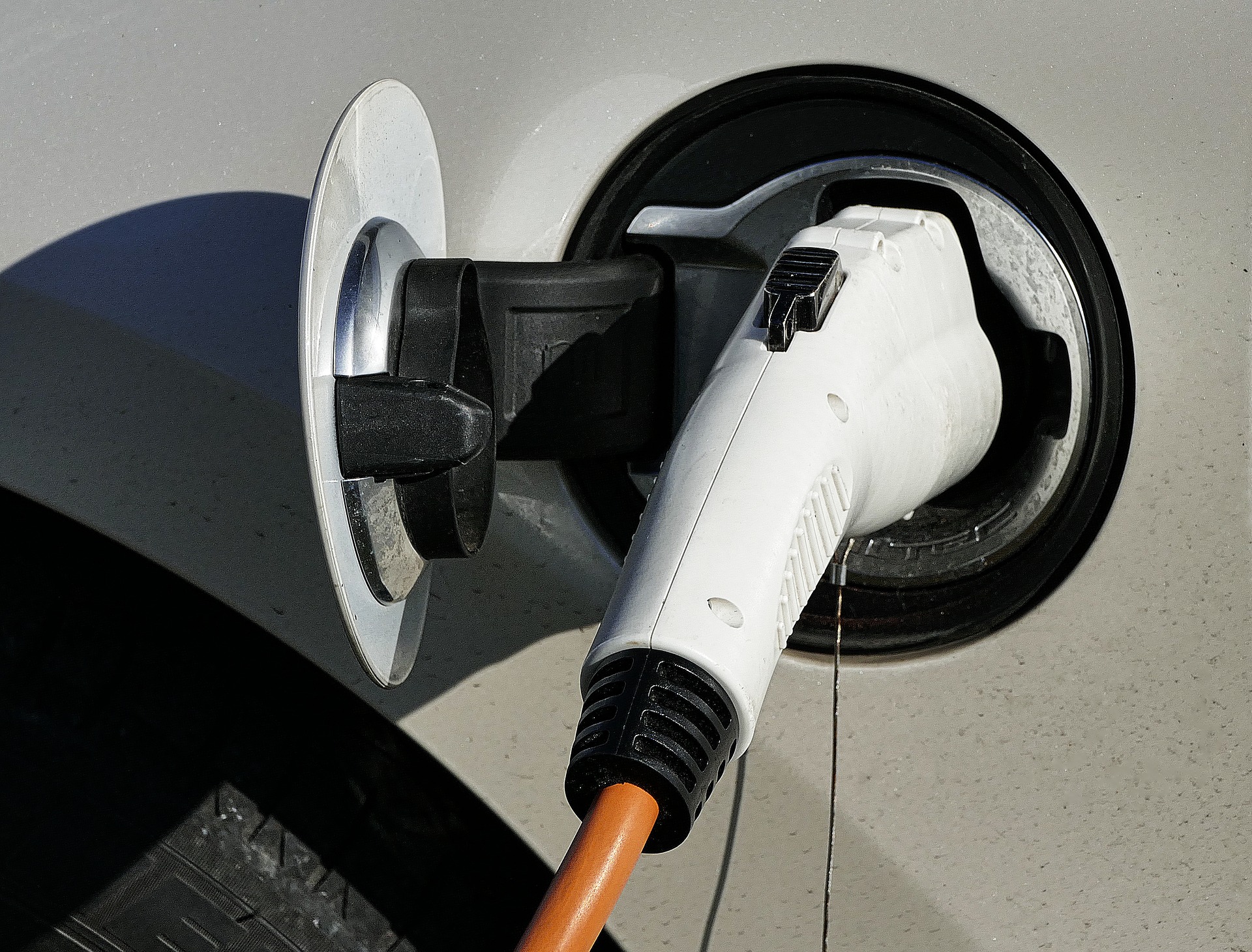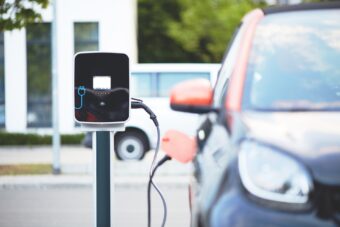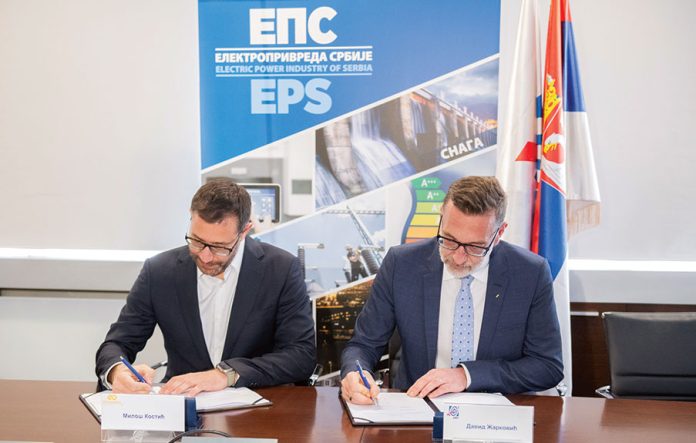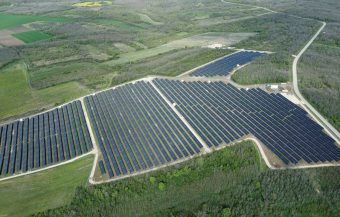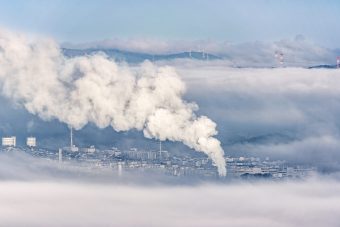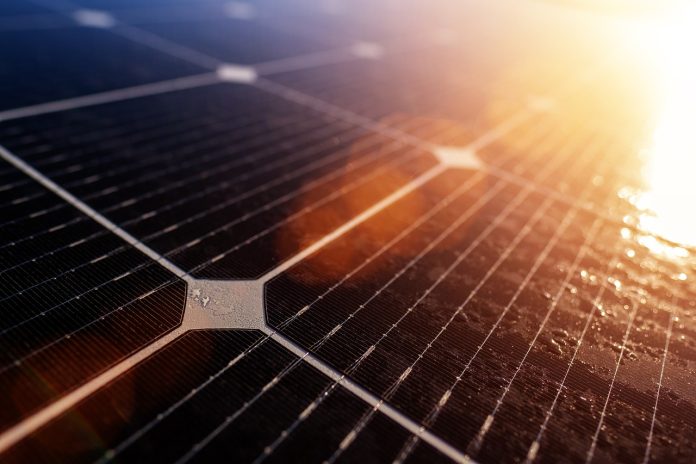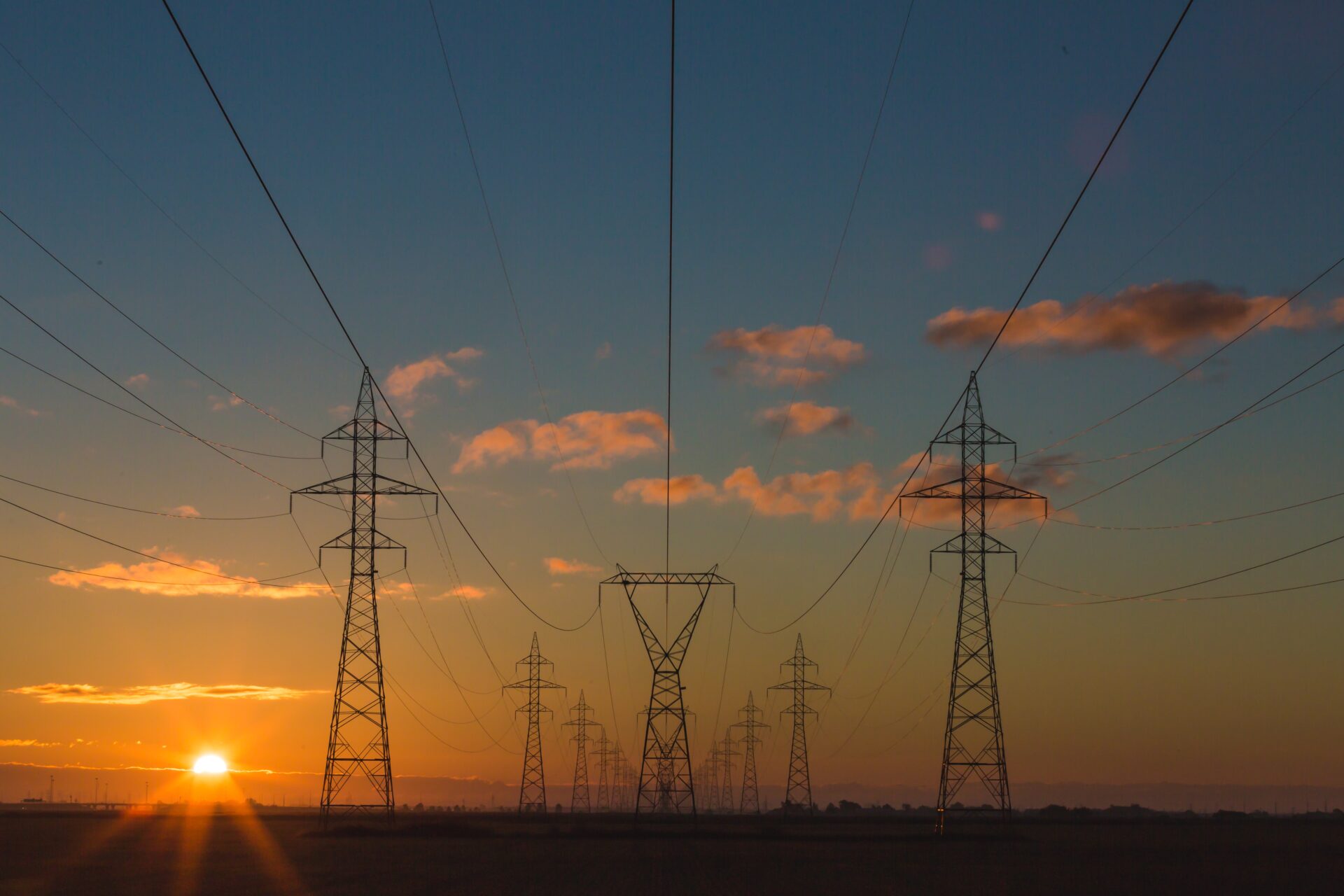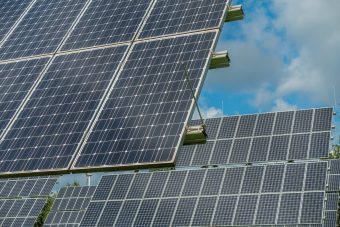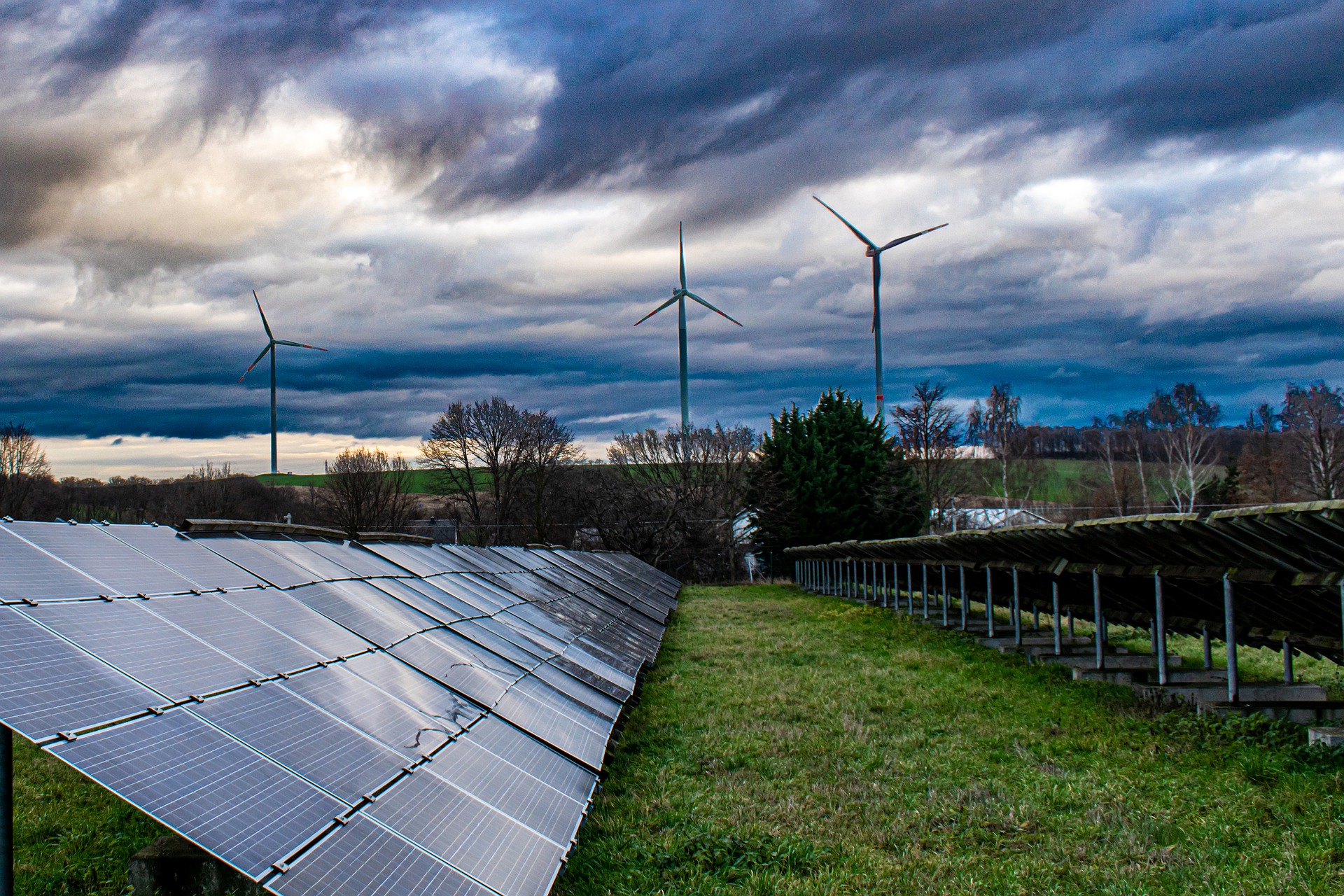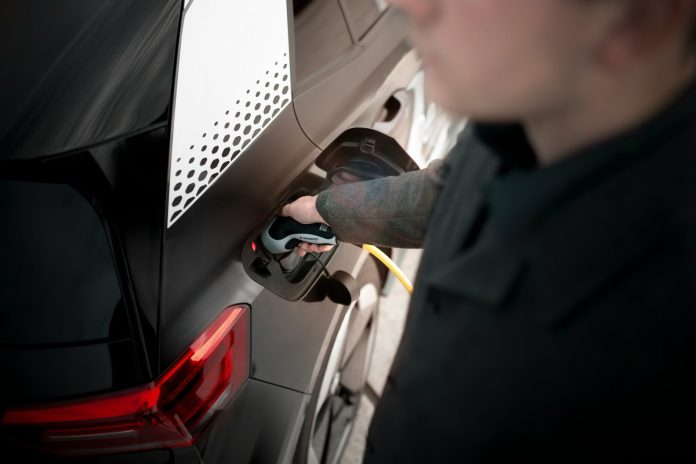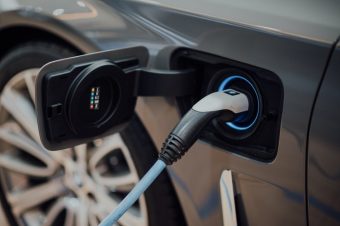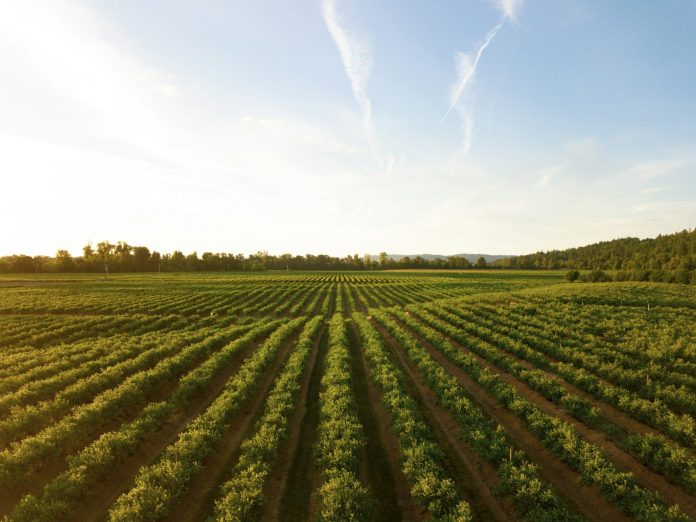
Eurostat released the publication ‘Sustainable development in the European Union – monitoring report on progress towards the SDGs in an EU context – 2024 edition’. This publication provides readers with a statistical overview of the EU’s progress towards its Sustainable Development Goals (SDGs).
The Eurostat monitoring report shows that, based on the assessment of the past five years of available data, the EU made progress towards most of the SDGs, while it fell slightly behind in a few goals.
The EU has made very significant progress in terms of reduced inequalities (SDG 10) and decent work and economic growth (SDG 8) with several indicators reaching record values. Significant progress has also been made in terms of no poverty (SDG 1).
There were good achievements concerning the goals on sustainable agriculture (SDG 2), innovation and infrastructure (SDG 9), sustainable consumption and production (SDG 12), life below water (SDG 14), quality education (SDG 4) and gender equality (SDG 5).
Meanwhile, the goals on peace, justice and strong institutions (SDG 16), sustainable cities and communities (SDG 11), global partnerships (SDG 17) made moderate progress in the EU. This was also the case for SDG 13, climate action.
More:
- THE SUSTAINABLE DEVELOPMENT CRISIS – HOW BIG IS THE FINANCIAL GAP IN ACCOMPLISHING THE SDGS?
- 2023 ENVIRONMENTAL PROTECTION INVESTMENT: 67 BILLION EUROS
- SOIL MONITORING LAW: EU ON THE PATHWAY TO GEALTHY SOILS BY 2050
Regarding the goal on clean water and sanitation (SDG 6), several indicators show positive developments, but others show no progress or even movement away.
For affordable and clean energy (SDG 7), a slight movement away was observed in terms of energy affordability and the EU’s energy import dependency due to the negative impact of Russia’s war of aggression against Ukraine and the consequent energy crisis in the EU.
The goal on health and well-being (SDG 3) was affected by the setbacks of the COVID-19 pandemic that are now fully visible in the available data.
The goal on life on land (SDG 15) is characterised by several unsustainable trends in the areas of biodiversity and land degradation, leading to a moderately unfavourable assessment of the EU’s progress in this area over the short-term period assessed.
The EU SDGs indicators set is structured along 17 goals, with 102 indicators, reviewed every year, aligned but not identical to the UN SDG indicators used as the basis for monitoring progress towards the SDGs in an EU context. Many of the indicators are also used to monitor existing policies as the 8th Environment Action Programme and the European Pillar of Social Rights Action Plan.
Source: Eurostat


